Sodium carbonate, anhydrous 99.5% R [497-19-8] Sodium carbonate is used to make glass and paper. It is also used in the production of soap and washing agents. It is used to soften water. In addition, it is used in tanning, papermaking, chemical synthesis and in laboratories as a chemical reagent. A 5-6% solution of soda is used to nourish the wood surface using the saponification method.
Determination (calculated for the dried substance) min. 99.8%
Loss on drying (300 ° C) max. 0.5%
Water insoluble substance max. 0.01%
Silver (Ag) max. 0.0005%
Aluminum (Al) max. 0.001%
Arsenic (As) max. 0.00005%
Bar (Ba) max. 0.0005%
Bismuth (Bi) max. 0.0005%
Calcium (Ca) max. 0.005%
Cadmium (Cd) max. 0.0005%
Cobalt (Co) max. 0.0005%
Chrome (Cr) max. 0.0005%
Copper (Cu) max. 0.0005%
Iron (Fe) max. 5 ppm
Lithium (Li) max. 0.0005%
Potassium (K) max. 0.005%
Manganese (Mn) max. 0.0005%
Magnesium (Mg) max. 0.002%
Molybdenum (Mo) max. 0.0005%
Nickel (Ni) max. 0.0005%
Lead (Pb) max. 0.0005%
Strontium (Sr) max. 0.0005%
Zinc (Zn) max. 0.0005%
Heavy metals (as Pb) max. 0.0005%
Chloride (Cl) max. 0.001%
Total N max. 0.001%
Total (as SO4) max. 0.003%
Phosphate (PO4) max. 0.001%
Silicate (as SiO2) max. 0.002%
Residual solvents compatible
Hazard pictograms
Labels for hazardous chemicals and mixtures that are part of the Globally Harmonized System of Classification and Labeling of Chemicals (GHS). The pictograms recommended by GHS have the shape of a square set on the top. They should contain a black symbol on a white background with a red border.
Priority rules to be observed in connection with the labeling of a substance:
– the skull and crossbones, the exclamation mark pictogram should not be added.
– corrosivity, the pictogram exclamation mark should not be added if it concerns eye or skin irritation.
– health hazard determining respiratory sensitization, the exclamation mark pictogram should not be added if it concerns skin sensitization or irritation to eyes or skin.
Source: GHS pictograms




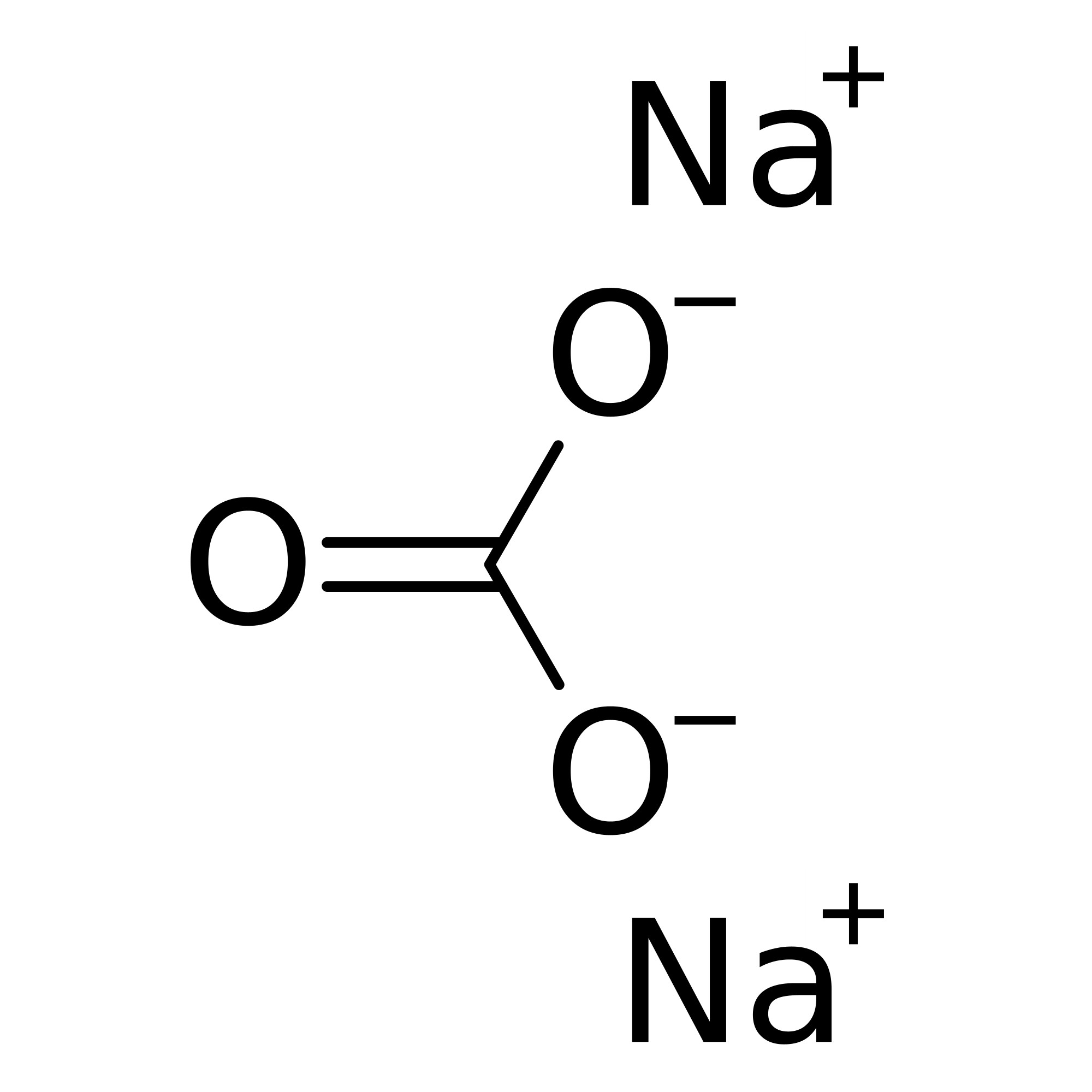
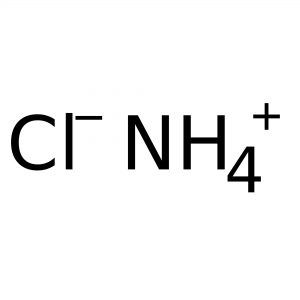
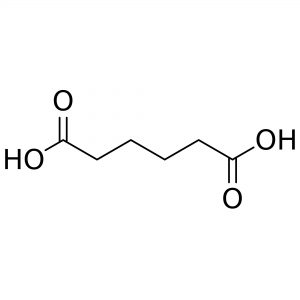
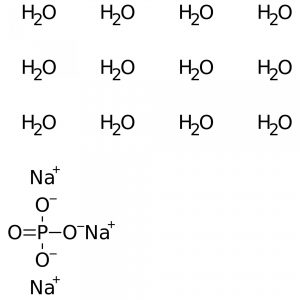
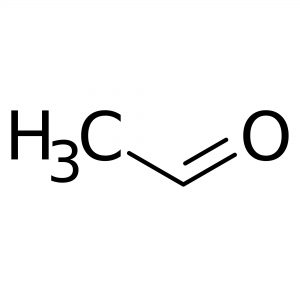
Reviews
There are no reviews yet.